Quick, in a fight between SEO and SEM – who would win? Are you going to put all your money on the reigning champ? Or do you think the rising star will steal the title match? Choosing the wrong option can make it so that you don’t get the best possible results for your business. So before placing that wager, it might be helpful to know a little bit about the contenders.
SEO – The Veteran
SEO has been around for a long time, enough that it usually doesn’t bother using its full name. Search Engine Optimisation is a series of best practices that search engines such as Bing and Google use to decide who goes on the first page and who goes on page 1,546,242. And as the name suggests, the closer you rank to Number 1, the better. But how does your site get that coveted spot through SEO? If you remember how complicated the periodic table was in Chemistry, the folks over at Search Engine Land created one about SEO with a whopping 35 factors.
.png)
Each of these factors is taken into account when a user types in a simple search, such as “Best pizza in the world”. If you type that in and see a whole bunch of local places pop up. Then you might be shocked to find several results that are right down the street. The best pizza in the world, right down the road, and you never even knew!
Well, that’s because along with the factors from the periodic table of SEO, some search engines such as Google track various user metrics as well. These include factors such as:
- The type of the device the person searched from.
- The location they want to search for.
- And their current location while doing that search.
This is why the Maps results tend to show what’s nearby instead of places on the other side of the world. That’s because few people are probably willing to hop on a plane for lunch, no matter how good the pizza.
An endurance fighter
SEO prefers to wear down and outlast its opponent, which is why many new sites won’t start ranking immediately. Proper SEO is more of a marathon than a sprint. Hurrying to the goal will only tire you out. And if your business is like most companies, you plan on being around for the long haul. Of course, that means that you’ll want to plan for SEO to work accordingly. Important factors such as creating useful content take time to analyse. Moreover, search engines like Google need data to know if your blog “The Best Blog Ever in This and All Other Realities” lives up to its name or if that’s only true for you.
Because SEO doesn’t go for the one-hit knockout, companies that promise the top spot on Google for your keywords can’t be taken at their word. If they aren’t outright lying, they may use Black Hat SEO—the performance-enhancing drug of the digital world—that may potentially have short-term results but come with hefty penalties when Google the referee finds out. This is why established marketing companies let clients know upfront to treat SEO as an investment. Often, this means rebuilding your website, making new content, and getting positive reviews, things that can’t be done overnight. All of this makes for a better-performing long-term site. Both for search engines and for the customer, which is why SEO is so important and shouldn’t be ignored.
SEO may not attack quickly, but it doesn’t go down easy either.
SEM – The Newbie
SEM, short for Search Engine Marketing, works a little bit differently than SEO. Instead of focusing on building organic results through long-term investment, SEM works on a faster scale through paid advertising to feature as a top result. Like SEO, there are several factors that go into proper SEM that ultimately decide if your campaign will be successful. It’s more than simply paying more than everyone else. Otherwise, we would probably have a lot more scammers using SEM to spread viruses!
A precision fighter
Google Ads is easily the most popular SEM method because of its enormous range of options—and because Google is used for searches worldwide over 80% of the time. Google ads can be extremely broad or extremely specific, from targeting users all around the world to a specific group that lives within a few kilometres of a specific location. This range of options is incredibly useful… If you have any idea which ones you should be using.

Many people have heard of PPC or pay-per-click advertising, but AdWords can work in many other methods as well. Along with PPC, there are options for CPA (Cost per acquisition such as a call or buying from the website), CPV (Cost per view), and many more. There is even the option of doing call-only ads that can also work as a stand-in for businesses that don’t have a website. These create ads that have a brief message and a link to call the business directly from the search results.
Google Ads uses an Ad Rank score to determine which position your ad will show; or if it will show at all. Ad quality and the quality of your landing page—the page the user goes to on your site after clicking the ad—and the bid amount all go into ad rank. Better quality ads and landing pages mean you can have your ad shown with a lower amount, but also means if you want faster results you can opt for a higher bid while you work on your website.
SEM zeroes in on a weakness with precision and hits hard to get the results it wants fast.
So who wins?
It’s the age-old battle of strength vs. speed, power vs. endurance. None is inherently better than the other. Do which one will work better for you depends on your goals and timeline. Imagine if they could work together instead… But who says they can’t?
The tag team: The Digital Dynamic Duo!
A combination of SEO and SEM methods tends to have the best overall results. However, putting both powerhouses in your corner costs more upfront but has a much greater chance of a high return on investment. SEO helps your site to be found on organic searches and makes it more accessible and useful to users. SEM helps your site by targeting a subset of users through advertising that can put you at the top of search results. By betting on both, you maximise your chances of winning the fight.

Can’t I just learn the marketing techniques and do it myself?
If you’re thinking of jumping in the ring yourself, then well done! However, keep in mind that there is a lot to learn and digital marketing is a full-time job in and of itself. It’s like learning a foreign language. Once you get the basics down you might feel like you have a handle on it. That’s until you talk with the native speakers and realise you have much more to learn. Only in this language, the rules are constantly changing. Several times a year, Google makes major changes to its algorithms. And some of the old rules get KO’d overnight.
That’s why many local businesses choose to work with a professional digital marketing company— Like us! Get in touch now if you want some help from the pros. Keeping up with the latest changes and best practices is what the best SEO companies in New Zealand do best. And that can leave you to focus on what you do best – Running your business!
Most businesses that leave the marketing to the pros find they have more time to do what they love, which often makes everyone come out a winner in the long run – instead of getting knocked down in every round – if not knocked out in the first.
 Are videos really that important?
Are videos really that important?




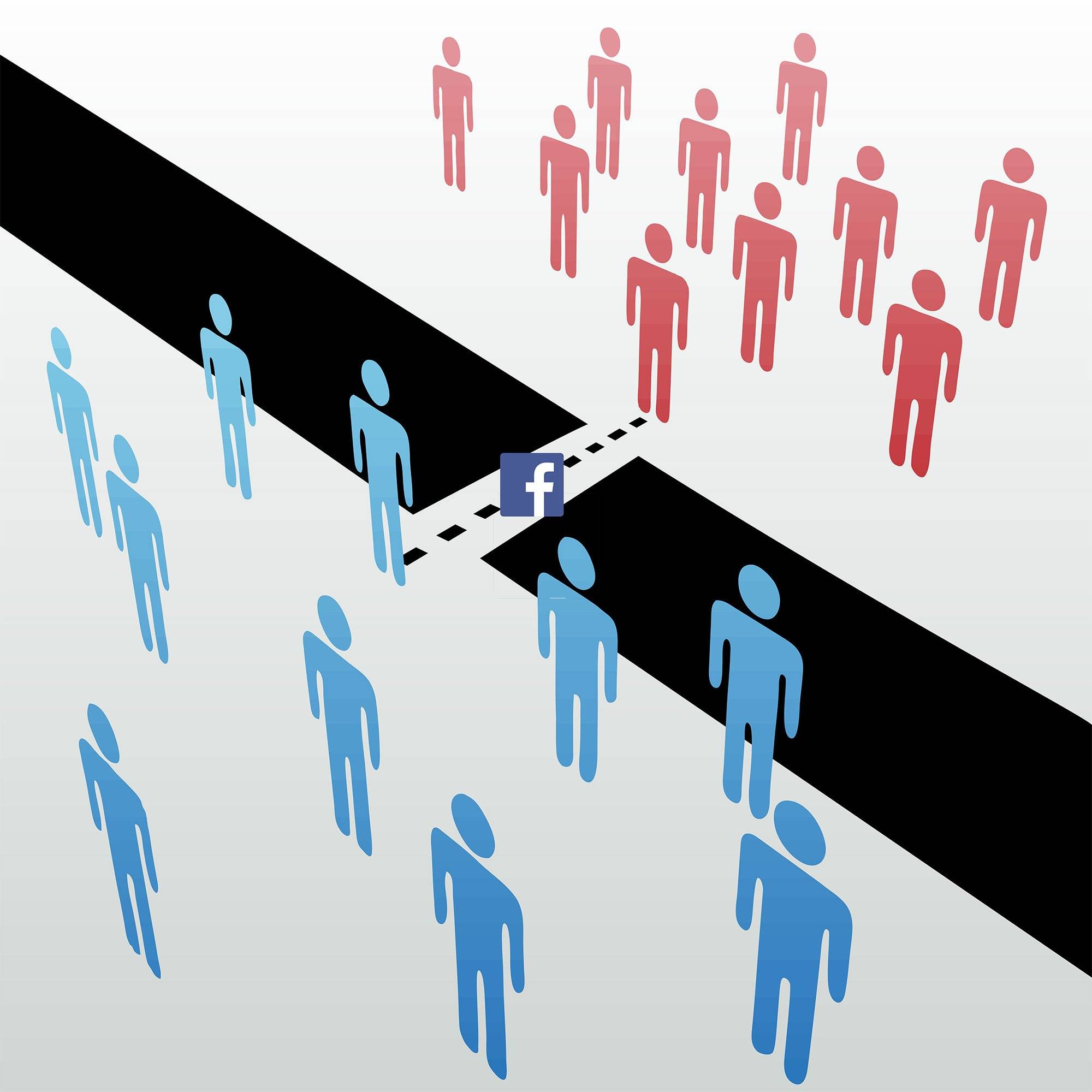

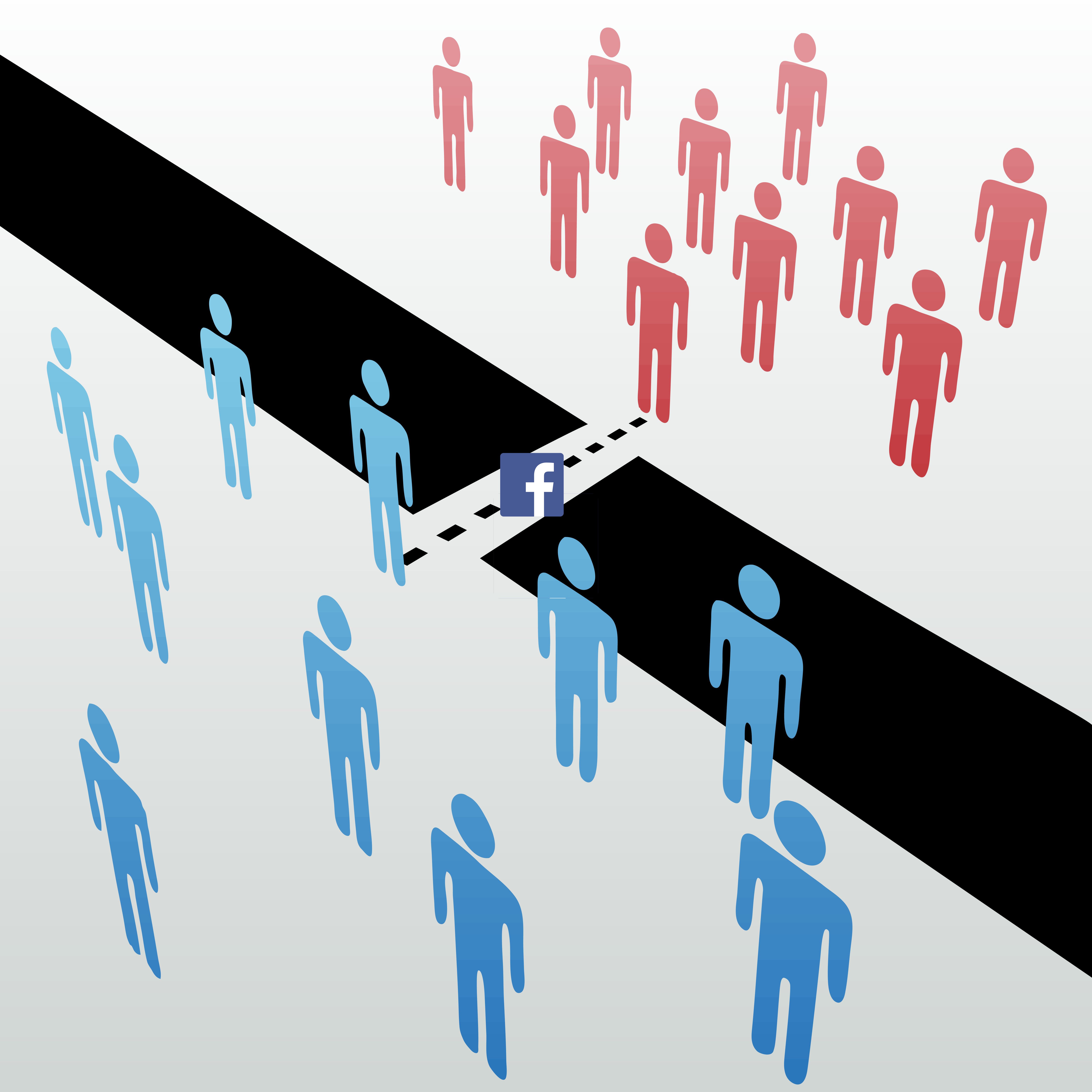 Posting regularly on social media works well for people who already know your brand. But how do you reach new people? When you run a short-term sale or offer a special deal, how do you make sure potential customers hear about it?How do you make sure your message gets to the right people?
Posting regularly on social media works well for people who already know your brand. But how do you reach new people? When you run a short-term sale or offer a special deal, how do you make sure potential customers hear about it?How do you make sure your message gets to the right people?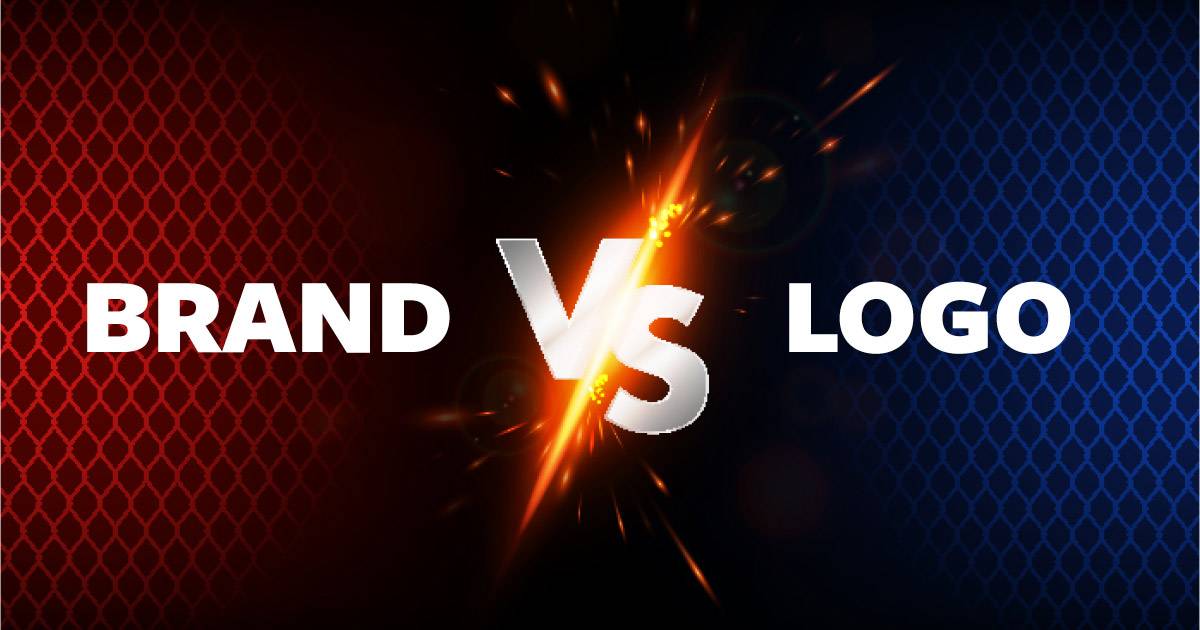
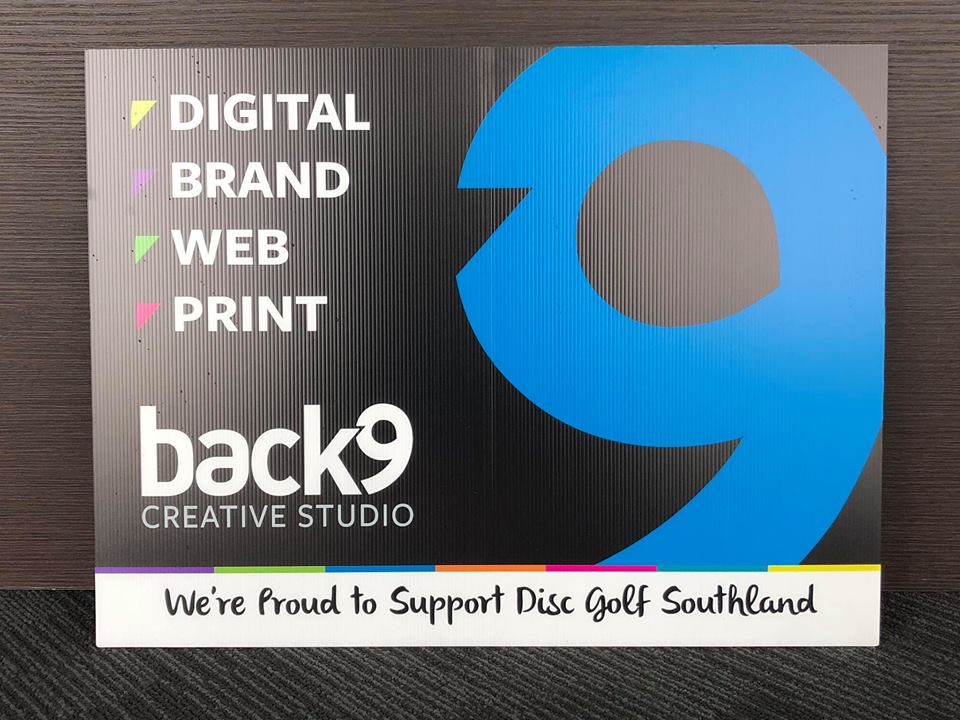 But beyond that, customers want to know that they’re in good hands. They want to know why you went into businesses. “I saw a discrepancy I could take advantage of to make a lot of money.” Sure, maybe that’s true. But if you were successful, there was still a need that you fulfilled. And you probably learned a lot along the way too. Talk about that!
But beyond that, customers want to know that they’re in good hands. They want to know why you went into businesses. “I saw a discrepancy I could take advantage of to make a lot of money.” Sure, maybe that’s true. But if you were successful, there was still a need that you fulfilled. And you probably learned a lot along the way too. Talk about that!
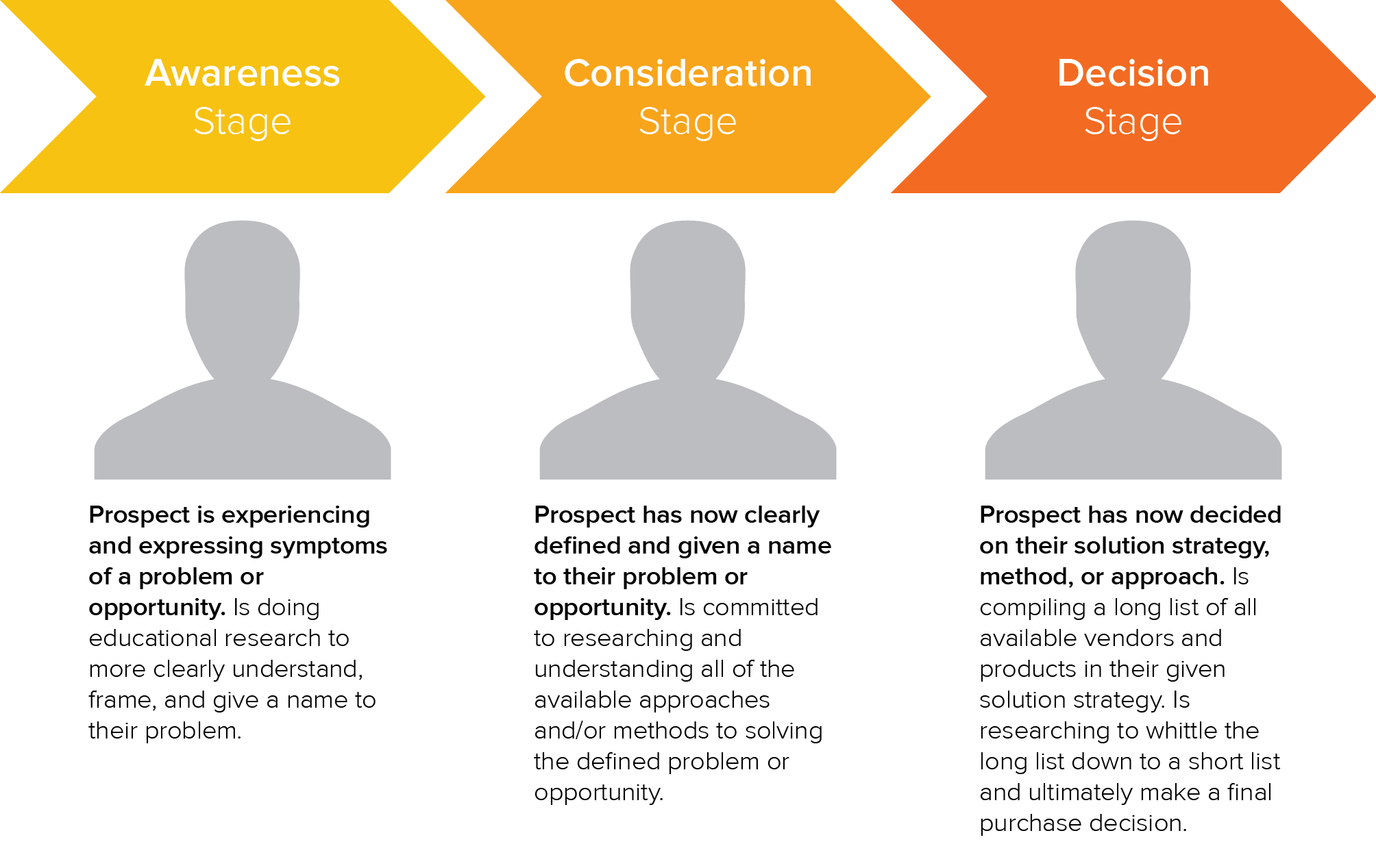
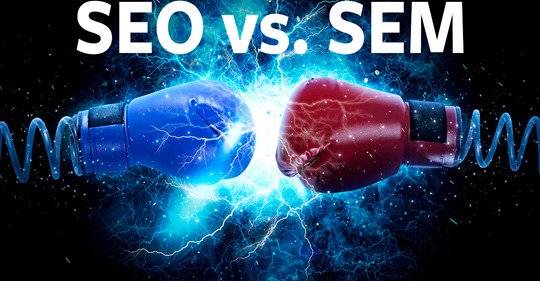
.png)

